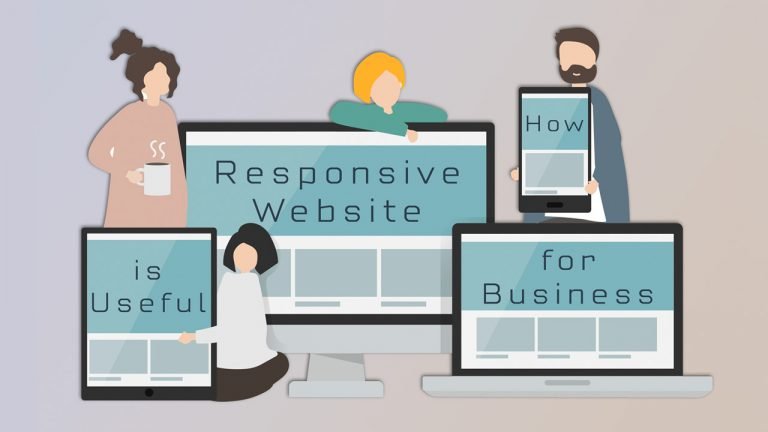
The growing use of the proliferation and internet of web applications on tablet and mobile devices has been one of the driving forces behind such kind of development.
What is a Responsive Web Design?
Responsive web design is an approach suggesting that design and development should respond to the user’s environment and behavior on the basis of screen size, orientation, and platform.
The practice comprises of a blend of flexible layouts and grids, images and very intelligent use of CSS media queries. When a user switches from their laptop to iPad, the website should switch to accommodate for resolution, scripting abilities, and image size. In fact, one may also need to consider the settings of their devices if they have iOS or VPN on their iPas. For instance, the website should not block the user’s access to the page. In simple words, the website should have the proper technology to respond automatically to the user’s preferences. This would eradicate the requirement for a different development and design phase for every new gadget on the market.
The increasing use of the proliferation and internet of web applications on mobile devices and tablet has been one of the driving forces behind this development. Users would be re-directed to a device traditionally, however responsive design means an individual site can be implemented across different devices.
Add to Sales and Conversion Rates
Another advantage of the responsive design is this that the user gets an improved site experience as there is hardly any redirection or use of the standardized style sheets across devices. A unified design approach may also create a regular look and feel. Regular user experience will have a very positive impact on your conversion rates as many people are familiar with the navigation and site or system use across different devices. A responsive design removes some of the barriers having different sites can present i.e. performance, functionality and consistent look or the feel.

Increase your visibility in search engines
Responsive design means you may manage one site with an individual set of hypertext links, hence reducing the time spent maintaining your website. This permits you to pay attention to link outreach with some consolidated search engine optimization strategy. SEO campaigns may be time-consuming and costly, but by creating a responsive website, all your efforts can be paid attention to a single site, with unified tactics and strategy across devices.
Content is essential in SEO, good quality content which is continuously released perks up your search engine ranking page positioning, hence a further benefit of responsive design is that just a fewer resource can be wasted in a low-level duplication of the content across websites. The content need can be only applied to an individual site, increasing your change or a higher search engine ranking.
In addition to this, Google suggests that mobile optimized, responsive websites are featuring significantly in localized search results. This certainly holds huge importance to the high street and online retailers, among the rest of the mobile use cases.
Saves Cost and Time on Site Management
Clients will also find it really easier and less time-consuming in order to manage and maintain a single website, with the least content to manage. Adding on to this, a single administrative interface can be easily optimized while using the layout and workflow tools to manage the required content, or the site templates being used for a variety of devices. Business logic can be applied in such a manner that overall multi-device experience can be actually enhanced within an individual administration.
Improve user’s online browsing experience
Responsive web design permits site owners to deliver quality content to audiences across different devices. As HTML5 enabled smartphones and tablets proliferate this may become increasingly important. The content contained in hybrid and email newsletters will be consumed on the move and in the absence of an internet connection.
Bottom Line
Responsive design permits you to stay ahead of the trend. Since the demand for media-rich mobile internet and apps is increasing, there are some important implications that need to be addressed. Development and maintenance cost or visibility in search engines and better conversion rates. These are some of the factors collaborated with a unique approach to design things that will be beneficial for all the stakeholders. With an increase in the Tablet sales and smartphone devices, responsive design is the key to keeping ahead of your competitors and establishing market share, or content consumption on mobile devices will just continue to balloon as 2019 progresses.